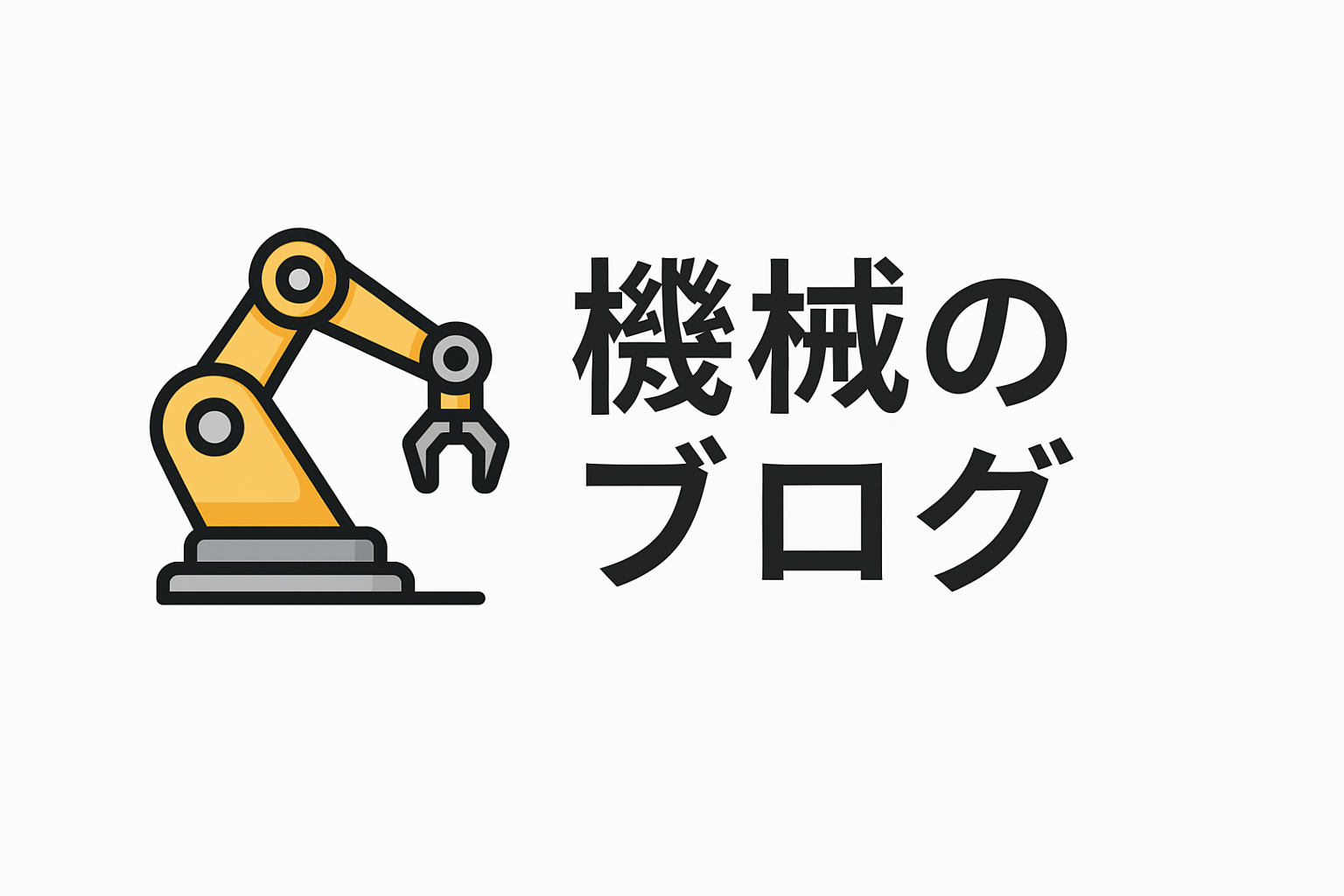The Future of Manufacturing: Innovations in the Metaverse
As the world continues to evolve with rapid technological advancements, the manufacturing sector is poised at the forefront of a new frontier: the metaverse. This digital universe, which merges augmented reality (AR), virtual reality (VR), and other immersive technologies, offers unprecedented opportunities for innovation and efficiency. In this article, we will explore the transformative potential of the metaverse in manufacturing, examining its applications and implications for the future.
1. Understanding the Metaverse in Manufacturing
The metaverse is a virtual space where physical and digital realities converge, allowing users to interact with a computer-generated environment and other users. For the manufacturing industry, this means creating immersive digital twins of factories, products, and processes. These digital representations enable manufacturers to simulate, analyze, and optimize operations in ways that were previously unimaginable.
By leveraging the metaverse, manufacturers can visualize complex data sets, conduct virtual walkthroughs of production lines, and collaborate with colleagues and partners across the globe in real-time. This level of connectivity and visualization opens up new possibilities for innovation and problem-solving.
2. Enhancing Product Design and Development
One of the most significant advantages of the metaverse in manufacturing is its impact on product design and development. Engineers and designers can use VR and AR to create and test virtual prototypes, accelerating the development cycle and reducing costs associated with physical prototypes. This immersive approach allows for more detailed and accurate modeling, enabling teams to identify potential design flaws early in the process.
Moreover, the metaverse facilitates collaborative design sessions, where cross-functional teams can work together in a shared virtual space, regardless of their physical locations. This fosters creativity and innovation, as diverse perspectives can contribute to the design process seamlessly.
3. Revolutionizing Supply Chain Management
The metaverse has the potential to revolutionize supply chain management by providing enhanced visibility and control over logistics and operations. Digital twins of supply chains can be created to simulate and optimize processes, predict disruptions, and identify opportunities for efficiency improvements.
Additionally, immersive technologies can improve communication and collaboration among supply chain partners. Real-time data sharing and virtual meetings in the metaverse allow for quicker decision-making and more agile responses to changes in demand or supply chain disruptions. This enhanced connectivity reduces lead times, minimizes risks, and improves overall supply chain resilience.
4. Training and Workforce Development
Training and workforce development are critical components of a successful manufacturing operation. The metaverse offers innovative solutions for training employees in a safe and controlled environment. Virtual reality simulations can replicate real-world scenarios, allowing workers to practice skills and procedures without the risks associated with on-the-job training.
These immersive training programs can be tailored to individual learning needs, providing a customized and engaging experience that enhances knowledge retention and skill acquisition. Furthermore, as the manufacturing workforce becomes increasingly diverse and geographically dispersed, the metaverse provides a platform for continuous learning and development, ensuring that employees remain competitive in the ever-evolving industry landscape.
5. Improving Quality Control and Maintenance
Quality control and maintenance are essential for maintaining high standards and minimizing downtime in manufacturing. The metaverse can enhance these processes through real-time monitoring and predictive maintenance capabilities. By integrating IoT devices and sensors with digital twins, manufacturers can gain insights into equipment performance and identify potential issues before they result in costly failures.
Augmented reality applications can also assist technicians in performing maintenance and repairs by overlaying digital instructions and guidance onto physical equipment. This reduces the likelihood of errors and speeds up the maintenance process, ensuring that production lines remain operational and efficient.
Conclusion: Embracing the Metaverse for a Competitive Edge
The metaverse is poised to reshape the manufacturing industry, offering innovative solutions for design, development, supply chain management, training, and quality control. By embracing these immersive technologies, manufacturers can gain a competitive edge, driving efficiency, reducing costs, and fostering innovation.
As the metaverse continues to evolve, it will be crucial for manufacturing professionals to stay informed and adapt to these changes. By leveraging the metaverse’s full potential, the industry can move towards a more connected, efficient, and resilient future.
In conclusion, the metaverse represents not just a technological advancement, but a paradigm shift in how manufacturing operates. Those who harness its capabilities will find themselves leading the charge into a new era of industrial excellence.

